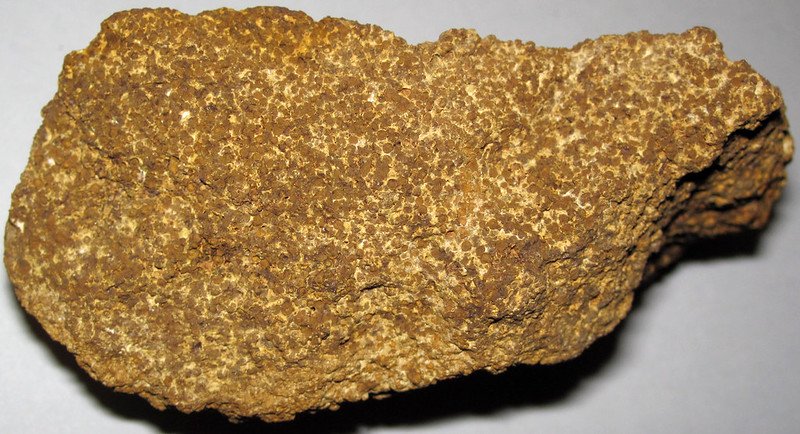Arkansas is famous for its crystals, but many great rocks, minerals, and gems are found in the Wonder State. Depending on your location and persistence, they range from the usual quartz crystals to diamonds and gold. It’s just a matter of knowing where to begin the hunt.
So, without further ado, let’s take a look at some of the awesome finds that inhabit Arkansas, and give you some locations to get your own hunt started!
Rocks, Minerals, and Gemstones Found in Arkansas
1. Quartz
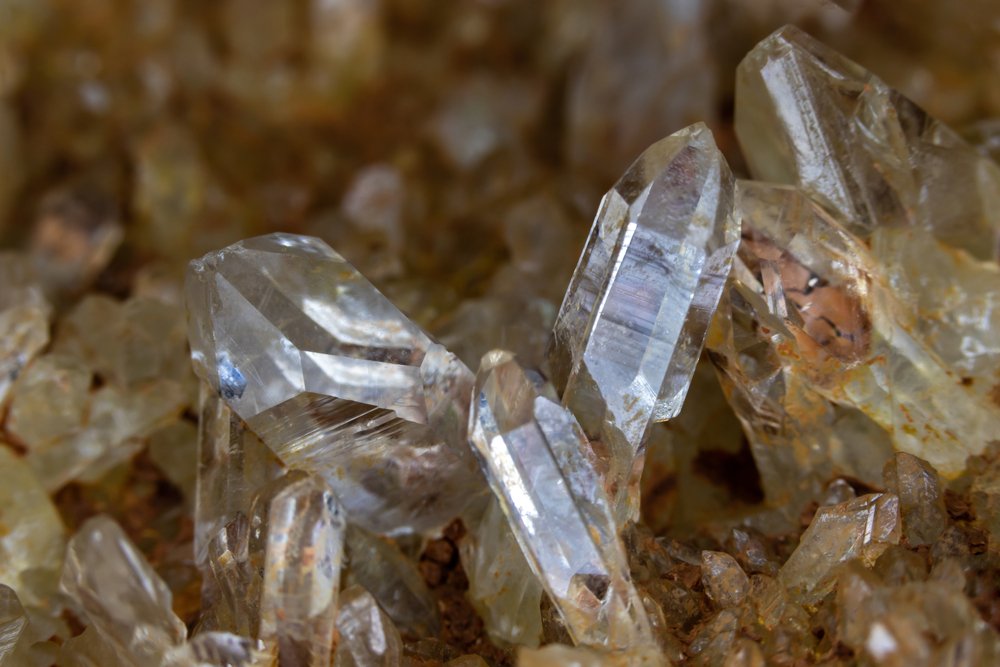
If there’s one thing that Arkansas is famous for, at least among rockhounds, it’s the crystals that are pulled from the earth regularly. The industry regularly produces incredible specimens in enormous sizes. The only rival to their incredible production is in Brazil. Arkansas crystals are usually high-quality, with high clarity and great formations.
A large portion of these crystals are found in the Ouachita Mountains, where silica-laden water and the clash of tectonic plates created a perfect environment for them. The entire area is dotted with spots rich in crystals. Quartz is the macrocrystalline formation of silica, and in Arkansas, these crystals grew with incredible beauty and regularity.
Quartz has been known in the area since neolithic times. There are artifacts dated at 11,000 years old made from it. Before industrialization, some areas of the mountains had portions covered in loose crystalline quartz. The findings from the journals of historic geologists are incredible to read for anyone with a historic interest in minerals.
There are countless paid digs and spots where you can dig your own quartz while in the region, but the following are a good start:
- Wegner Quartz Crystal Mines
- Twin Creek Crystal Mine
- Sweet Surrender Crystal Mine
2. Diamond
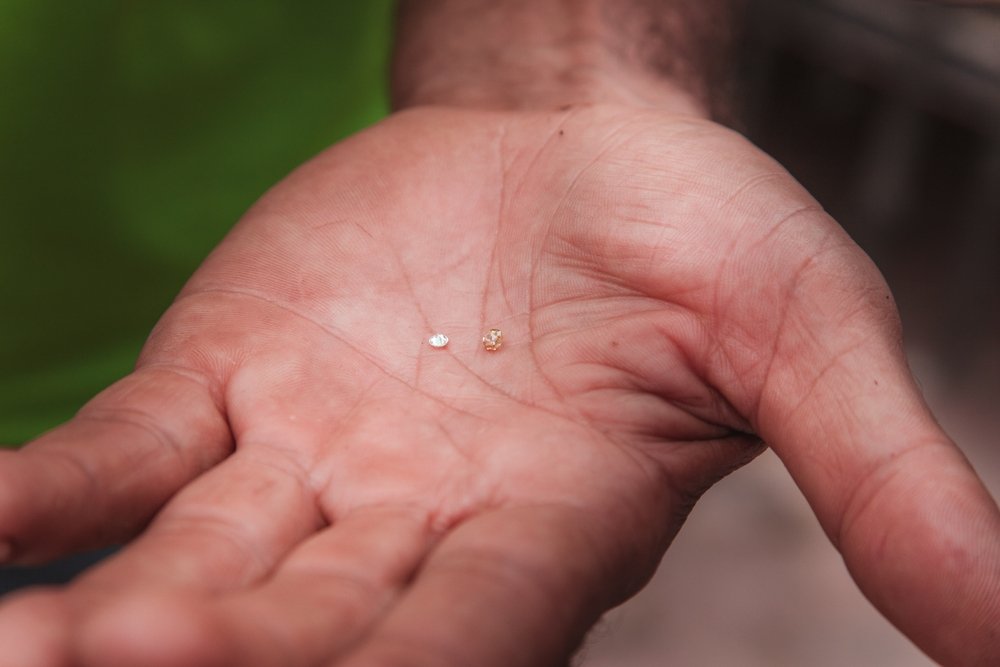
In addition to rock crystal, Arkansas is one of the few places in the United States that produces diamonds. Diamonds are incredibly hard gemstones, and they’re one of the key pieces of fine jewelry. It’s less about the sparkle, in that case, and more about the fact that diamonds are one of only a handful of stones that can be safely heated to soldering temperatures during a piece of jewelry’s construction.
Diamonds are also useful for making tools. Their high hardness means that small chunks of them can be used as an abrasive on the vast majority of materials. Indeed, the only way to cut diamonds is with diamonds. Small and impure diamonds usually end up as part of the industrial trade.
The diamonds are centered in Crater of Diamonds State Park. The area has a long history of producing diamonds, initially on a commercial basis before transitioning into a tourist location as the surface diamonds were mined. The end result?
A great place for tourists or locals to head for their chance to find a diamond. While large diamonds are incredibly rare, some are still found in the region, and even a small one is a great souvenir. Give it a shot if you’re in the area, the small fee is worth the experience.
For what it’s worth, there’s far more than diamonds contained in the ground here. You can also find quartz, amethyst, and even agates and jaspers in the park.
3. Amber
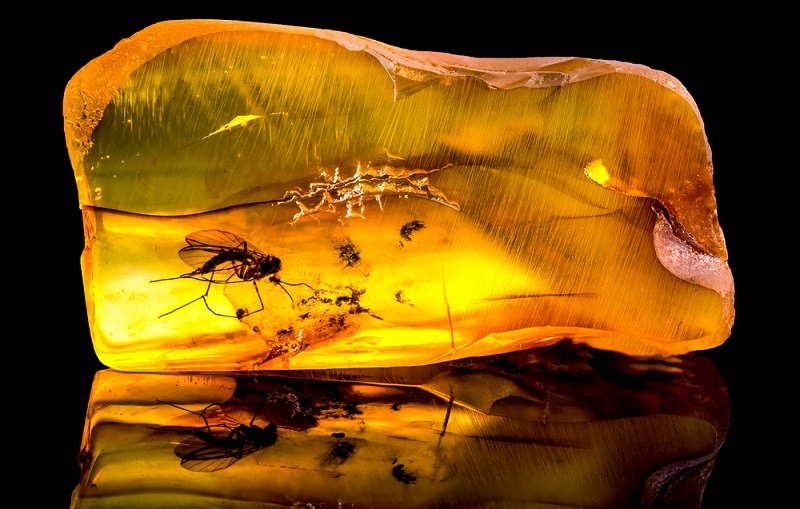
Amber isn’t at the top of the list of gemstones you’d think to find in a land-locked state but here we are. Amber is golden-orange tree sap, polymerized over the eons due to countless years of incredible pressure. It’s important to the jewelry industry, but it’s also one of the best glimpses we have into the life of ancient arthropods that may have otherwise escaped the fossil record.
The amber in Arkansas isn’t the high-grade, gem-quality amber found in the Baltics. The majority of it is, instead, a bit opaque and generally not as desirable for jewelry use. As noted above, however, there’s more to amber than simply being pretty and several different varieties of insects have been discovered hidden inside the amber of Arkansas.
One unique feature of this kind of amber is that the rough form is maintained. Most amber found along shorelines is already somewhat polished by the motion of the sea and its shifting sands. Arkansas amber often has a rough exterior with some included matrix.
Amber is found in only one region in Arkansas. That area is the Malvern Clay Pits. Here the amber is locked into a lignite layer that hides brown-orange amber.
4. Opal

Opal is found in small amounts spread across the state of Arkansas. The majority of the opal produced in the state is of the common variety. In other words, it’s not the really bright stuff with a play of color that many people are seeking. It usually emerges as smaller formations on other minerals as well.
Opal is an amorphous form of silica. Unlike glass, here the silica is formed into microscopic spheres that lack a cohesive crystalline structure. In some cases, this leads to the famous internal fire, but this is a relatively rare phenomenon. The majority of opal is found as a white to off-white stone that’s a bit softer than a chalcedony or quartz variety.
In this state, the majority of opal will be found in places you’re looking for… well, things other than opal. It’s only present in small amounts, but it represents an awesome find if you happen to stumble across some. The best opal is the one that you bring home, in the end.
For those who are looking to score some along with other stones, the following areas are known to produce opal:
- Crater of Diamonds State Park
- Antimony Bluff Mine, Gillham, Sevier County
- Big Rock Quarry in Little Rock
While none are a guarantee, there appears to be more found in these areas than in most regions of the state.
5. Gold
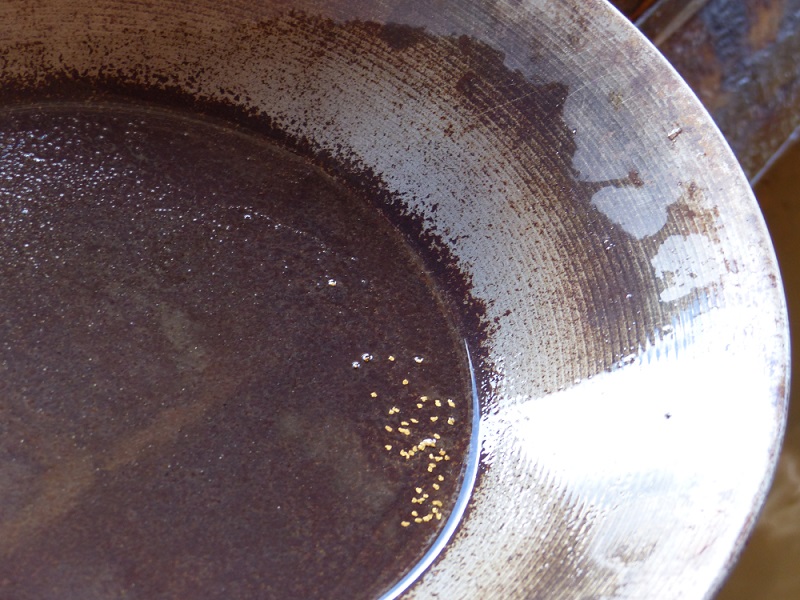
Gold is the stuff that makes the world go around, or at least it did before we all switched to fiat currencies. The yellow stuff has been important for humans since time immemorial, whether for ornamentation or just as the basis for trade. Arkansas is part of the rich American tradition of gold mining, although there aren’t any commercial operations going today.
Instead, the majority of gold found in the state is from deposits along creeks and streams. You can pan for gold in many places and find a bit. You probably won’t strike it rich, but just a few flakes can make for a great display with a story behind it.
It’s an oddity that the best state in the country for quartz doesn’t produce commercial qualities of gold. In most locations, you’ll find that rich quartz deposits are a good indicator that gold is nearby, usually in the form of native gold interspersed with quartz. There is still some of that here, in the Ouachita Mountains, but the majority is just small bits of placer gold.
For those who want to break out of the pan, the following locations are a good start:
- Cache Creek
- White River
- Ouachita Mountains, various creeks and streams
You may get lucky, or you may just get a souvenir. In either case, panning is a good way to spend an afternoon and doesn’t cost much.
6. Agate/Jasper/Chalcedony
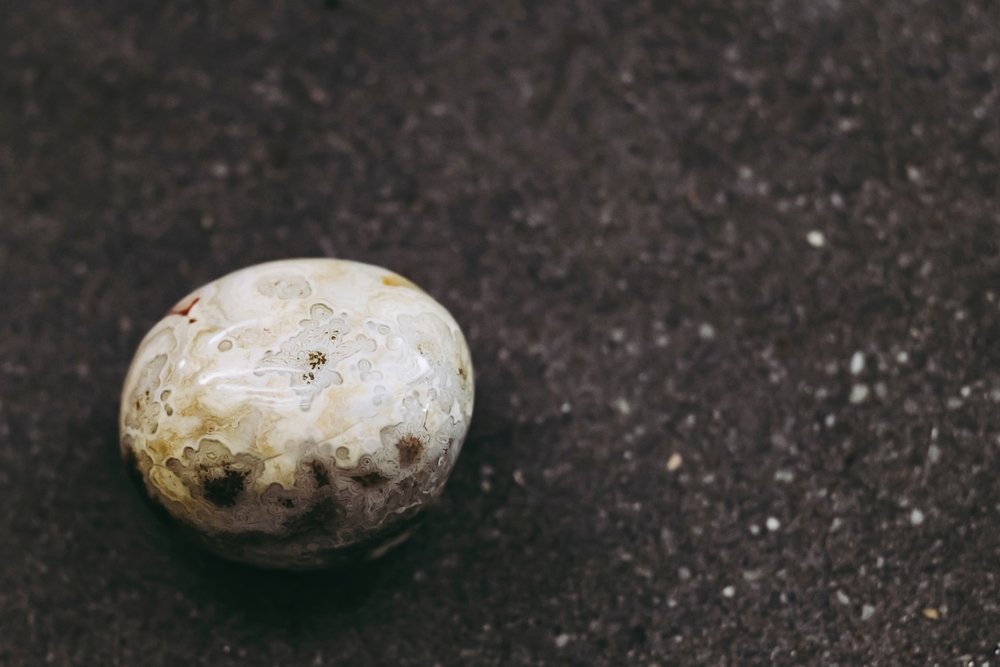
Like most of the United States, Arkansas also hosts some varieties of agate, jasper, and chalcedony. We’ll avoid the mess of figuring out which is which, since they tend to occur in the same places and the distinctions are less scientific than I’d like. These silica-rich stones can be found in most streams and creek beds, given enough time looking.
The most famous variety that emerges from Arkansas’ rich earth are Crowley Ridge Agates. These are similar to Mexican Lace Agate in appearance but tend towards earth tone colors instead of the iron-rich reds and pinks of the Mexican variety. The bands are often broken and whirled in on themselves, creating a complicated texture overall. Some samples have a more red base coloration, making them a bit more distinctive.
Agates are a favorite for many collectors. No two of them are alike, minimal work slicing them in half can make wonderful displays, and they work as an even mass. The latter part is important to lapidaries since stones with multiple colors often have multiple minerals. That makes them a lot harder to cut evenly, while agates very rarely undercut and orange peel.
For those who want to give agate hunting a shot in Arkansas, the following places are a good start:
- Crow Creek, Forrest City, St. Francis County
- Crater of Diamonds State Park
- Any stream or creek in the Ouachita Mountains
While not as stunning as the variety from some states, Arkansas isn’t a slouch in the agate department. They can still be found across the state.
7. Geodes
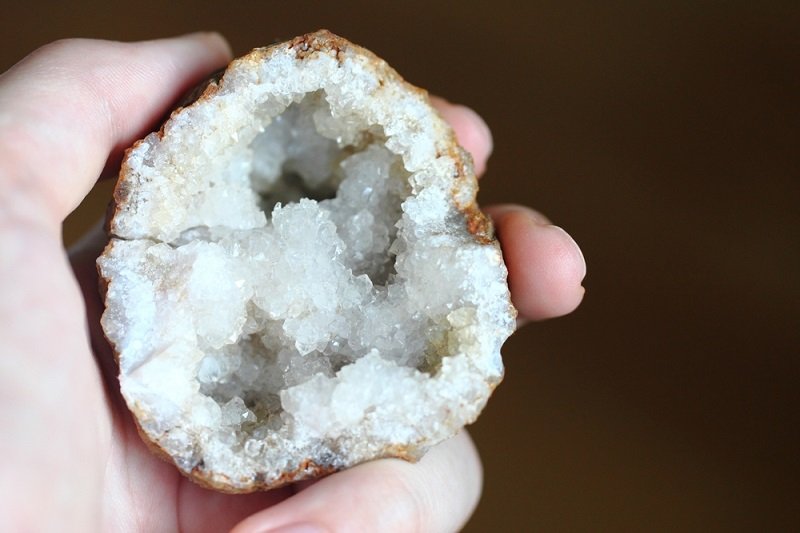
Geodes are nodules of material that form with a hollow center. This means the crystals on the interior are usually fully formed, instead of being fused into a solid mass. The latter type are usually referred to as thunder eggs, but in reality, they’re usually just round nodules of chalcedony or agate.
The geodes of Arkansas tend to contain quartz, naturally. They’re a relatively rare form of quartz crystal in this area, there’s nowhere quite like the Potato Patch in Southern California to be had in the state. They also tend to be in different areas than those where you’d dig “normal” quartz crystals.
Geodes are easy to distinguish from “normal” rocks when you’re digging. They’ll tend to be round, usually more potato-shaped than spherical, and the hollow interior makes them lighter than they appear. You can also tap the side with a rock hammer or the butt of a knife and see if the stone sounds hollow before cutting it open.
Geodes of varying quality are known to be found in the following locations:
- Mount Ida
- Rone Coleman Mining in Jessieville
- Hot Springs County
Geodes are a fascinating look into history, and if you check one of the above areas you may be able to find one all of your own!
8. Calcite
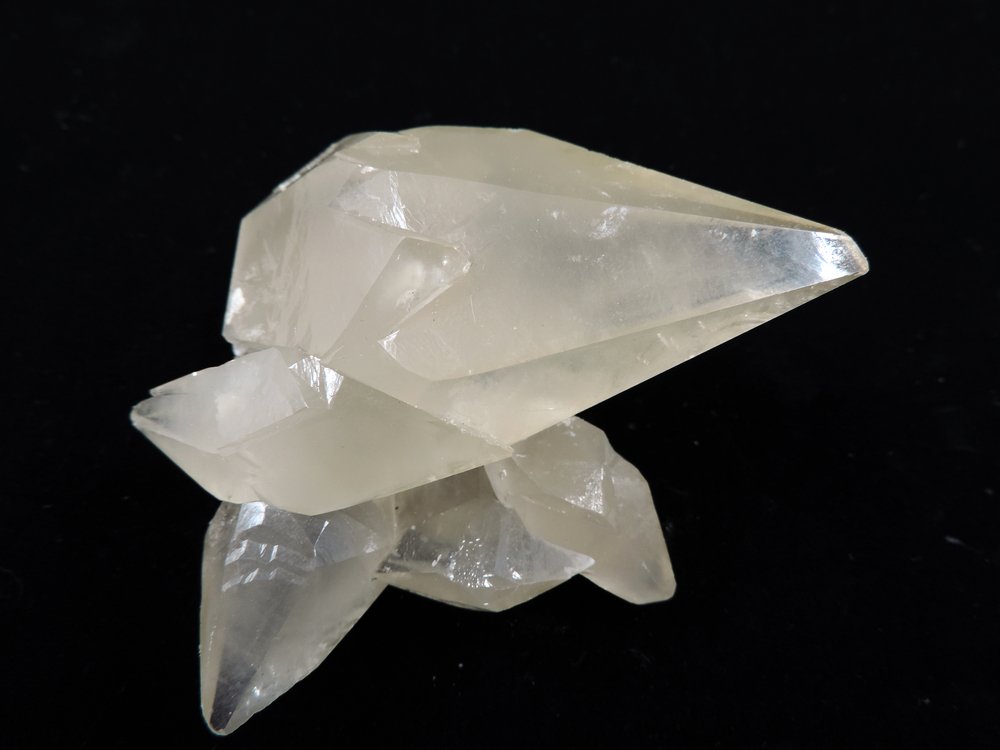
Calcite is ridiculously common in nature. It’s common enough that many rockhounds don’t think twice about just removing it from a mineral sample with the use of a weak acid. Vinegar has rendered many specimens free of minor white crystals over the years, but some forms of the stone still hold a lot of value. The most commonly seen calcite being sold is colored, but Arkansas hides a very rare form that’s not seen in any other location.
Arkansas is host to Dogtooth Calcite, a strange form that’s associated with the ores galena and sphalerite. The crystals in this form grow into jagged, tooth-like formations that stand at odds with many other varieties of the stone. This formation is uncommon and quite valuable, an oddity for calcite in general.
Due to its close association with lead and zinc ores, many places with the stone are unavailable to the public. On the other hand, there are many, many samples hiding in the earth for those who are willing to search. Great crystals are also found associated with dolomite in the state of Arkansas, but most of these aren’t the sought-after Dogtooth Calcite. Still, many of these samples are visually impressive, combining the two stones into a mass greater than the sum of its parts.
Calcite is frequently found across the state, but the following areas are known to host great specimens:
- Black Rock Quarry
- Howard County
- Saline County
You may have to pick around the outskirts of existing mines, quarries, and claims to find some but it’s worth a shot for those who are serious about getting an awesome calcite specimen for their shelf.
9. Tripoli
I’ve got a thing for all of the various silica-laden stones, and tripoli plays an incredible part in my work. For those not familiar, tripoli is also known as rottenstone and it’s used most frequently as a polish when combined with a solid wax carrier. It’s formed as an alteration of other microcrystalline silicas and is often mixed with limestone for use as a powder polish.
The United States supply of tripoli mainly comes from Arkansas. Unfortunately, the variant that forms here isn’t the same attractive form sometimes seen in Europe. In this case, it’s primarily a dark brown stone with a similar consistency to (and containing) limestone.
Arkansas tripoli is very fine and pure, often testing at over 99% silica. The truth is that it doesn’t make the best display specimen on its own, especially this variant which is essentially just cherty limestone. On the other hand, it’s one of the key ingredients used to make other rocks shine, which isn’t a small thing!
Tripoli is mined in the following regions of the state:
- Benton County
- Ouachita Mountains
- Garland County
In case you did want to see it in the wild, the above locations are a good place to start. It may not be much to look at, but many of us are certainly thankful for the tripoli industry and it’s special place in polishing stones and metal!
- Online rock and mineral club for collectors of all levels!
- Find community with like-minded rock and mineral enthusiasts.
- Monthly Giveaways!
- Free Access to Entire Digital Library of Products (current and future products)*

